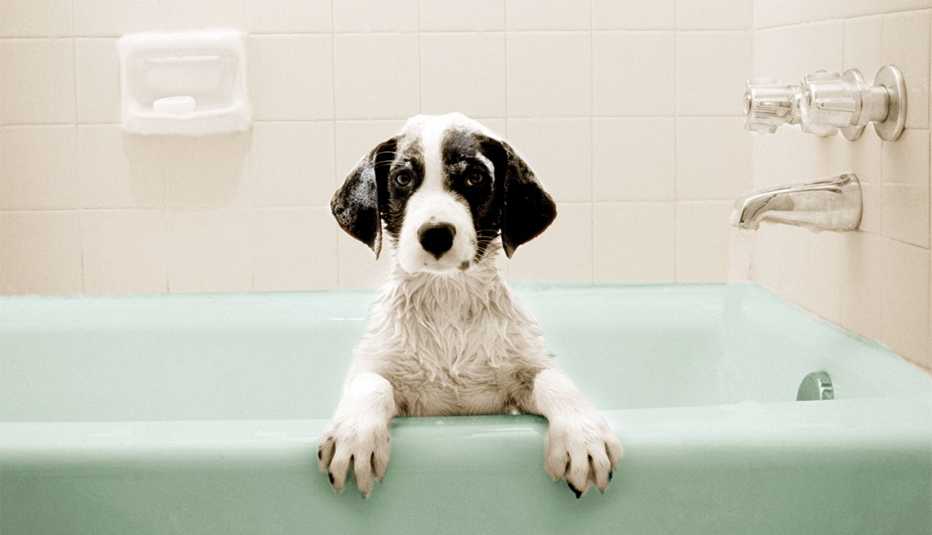AARP Hearing Center
We all love our pets, but the unique legal status of our furry friends requires serious planning to make sure they remain happy and healthy if anything happens to us. Here are the must-do actions to consider:
1. File an advance veterinary directive. All good AARP readers should already have emergency legal and medical forms on file that make sure someone can speak for you if you get sick or simply aren’t available. Your pets deserve their own form spelling out the terms for their care. Fill out two copies for each fur baby: one to keep in your records, one to give to the person you want to have step in. Boilerplate “fill in the blank” documents are available online or in a lot of veterinary offices, so you should be able to find one without much trouble or expense.
2. Find a facility that takes pets. The old “no dogs allowed” signs have disappeared from about half the assisted living centers in one recent survey. If you need residential help taking care of yourself, make sure they’ll care for your pets, too — or at least allow regular visits. Let’s face it, having an animal around keeps us active, engaged and alert. The right facility recognizes that! Research local options as carefully as you’d interview a dog walker, which raises a critical side point. If you’re struggling with your animals at home, don’t let them go unless it’s absolutely necessary. Find someone to help instead.
3. Don’t leave any orphans behind. If you die suddenly, your pets may have to rely on the kindness of neighbors, relatives and strangers. Avoid the worst outcomes by spelling out in your will exactly who inherits each animal. And don’t surprise your caregivers: have a discussion first, and if they aren’t 100 percent on board, find someone else. The person who truly wants to adopt your fur baby may not be one of the usual suspects. Meanwhile, family and neighbors may not want or be able to take in another animal. Make sure you know in advance where they stand, and then spell out the successor relationship in writing.




































































